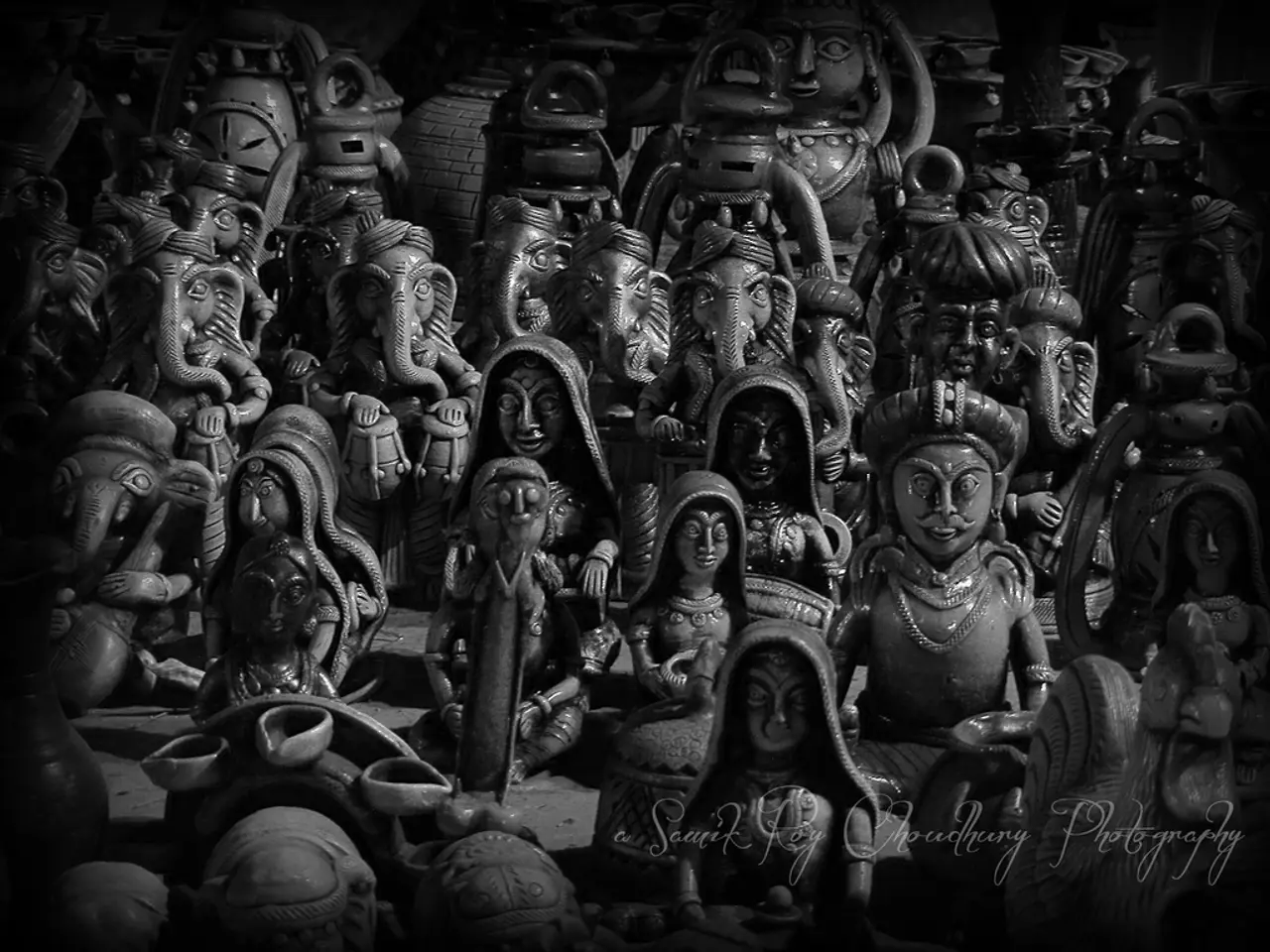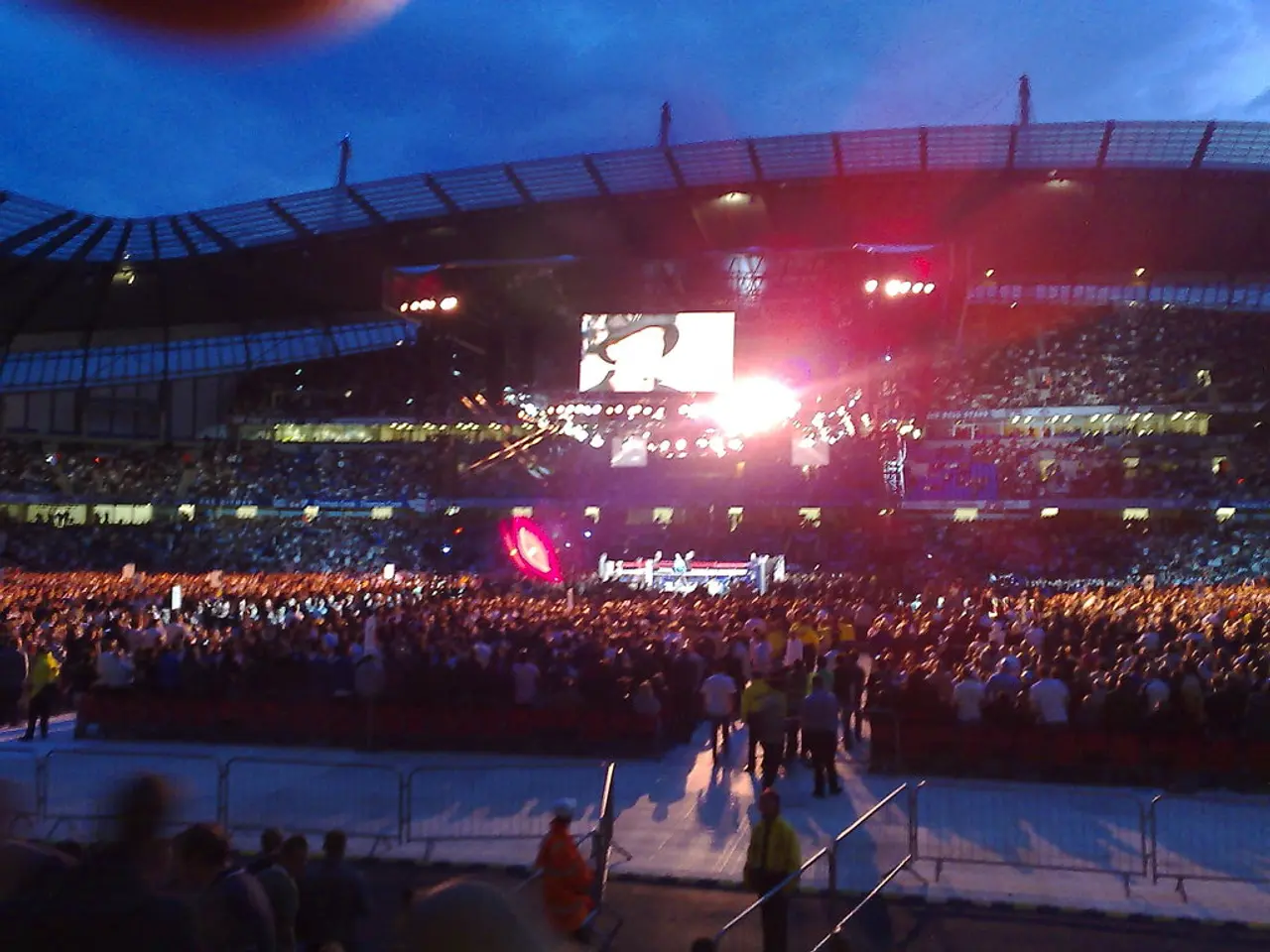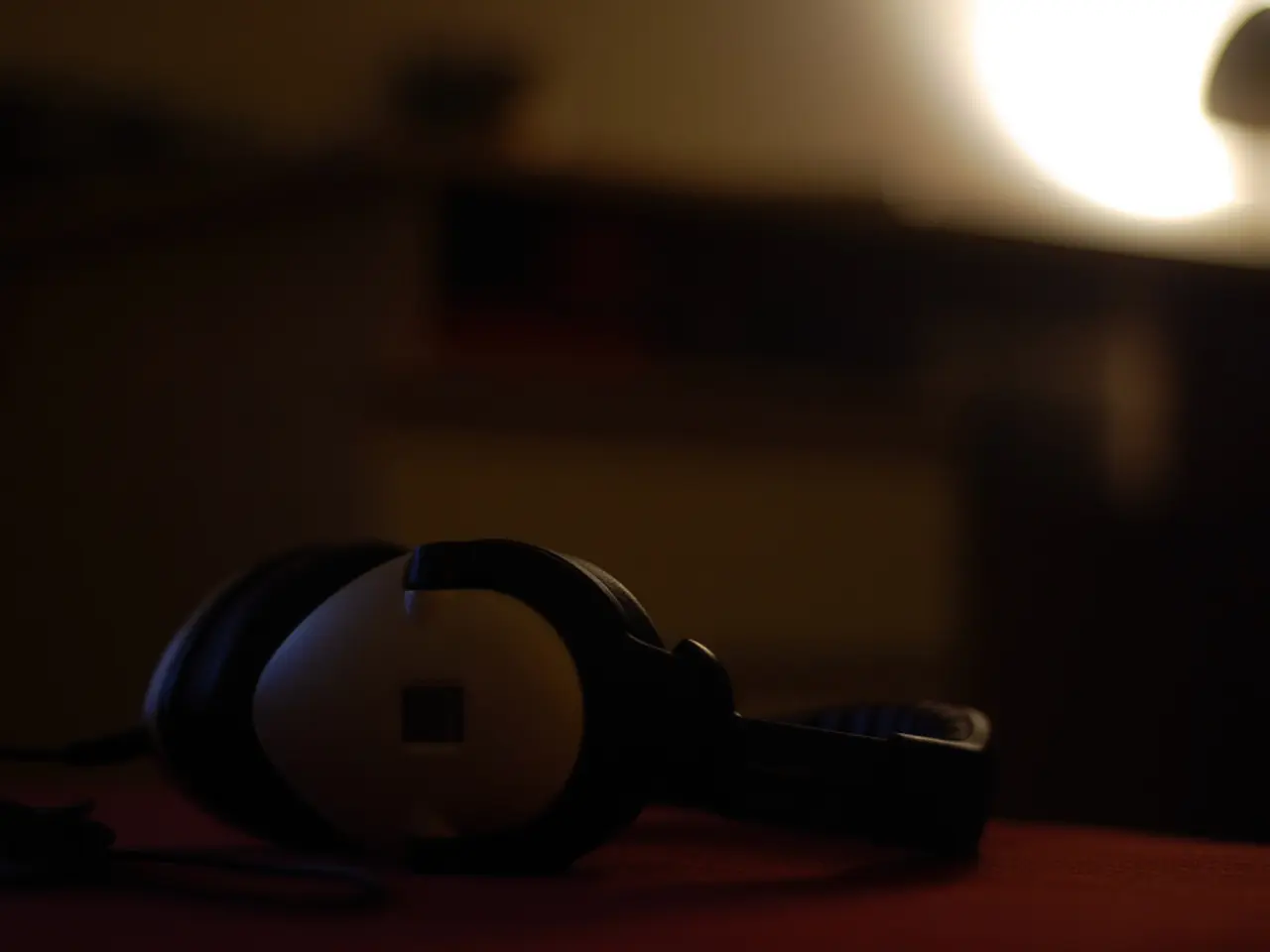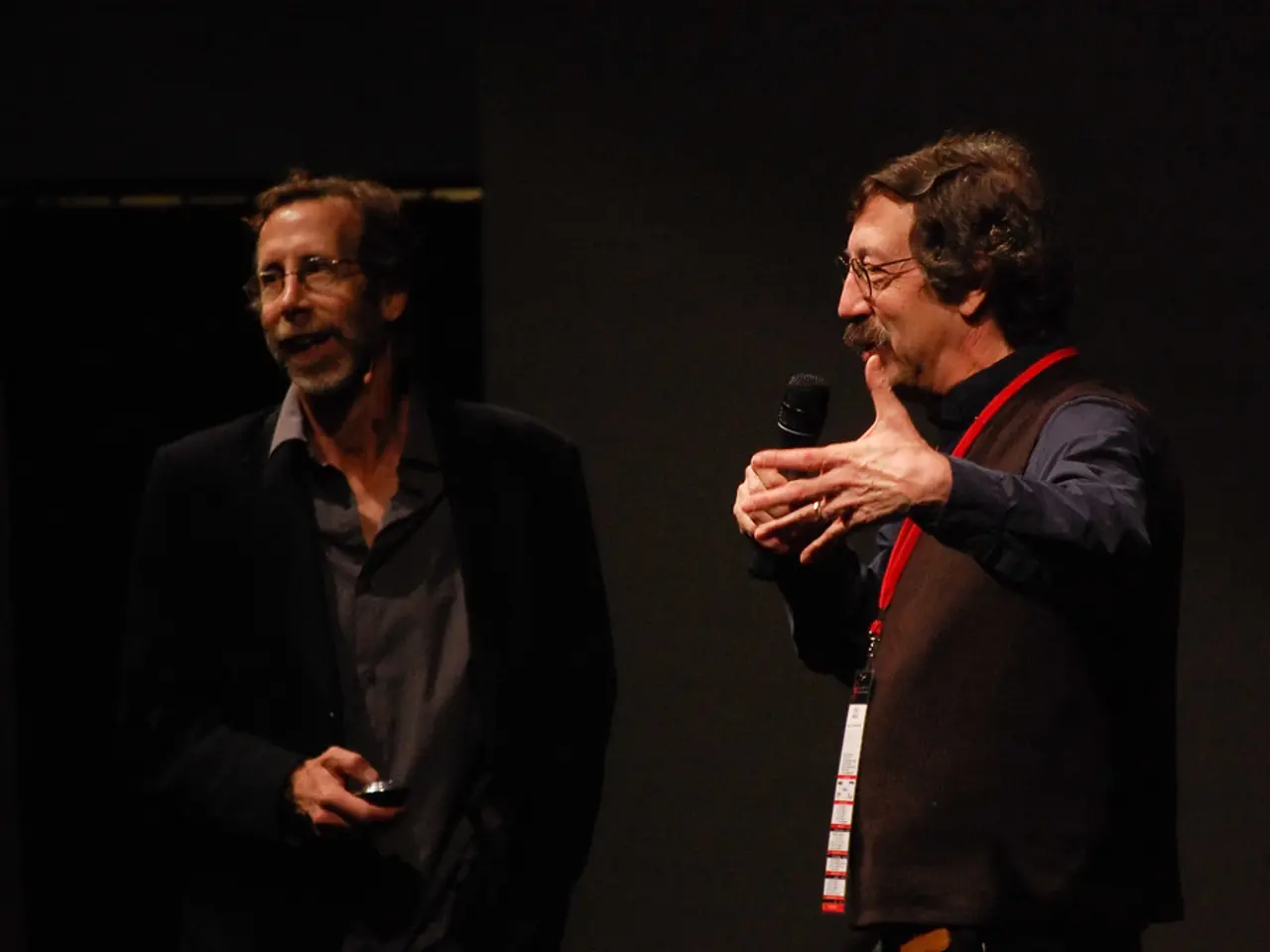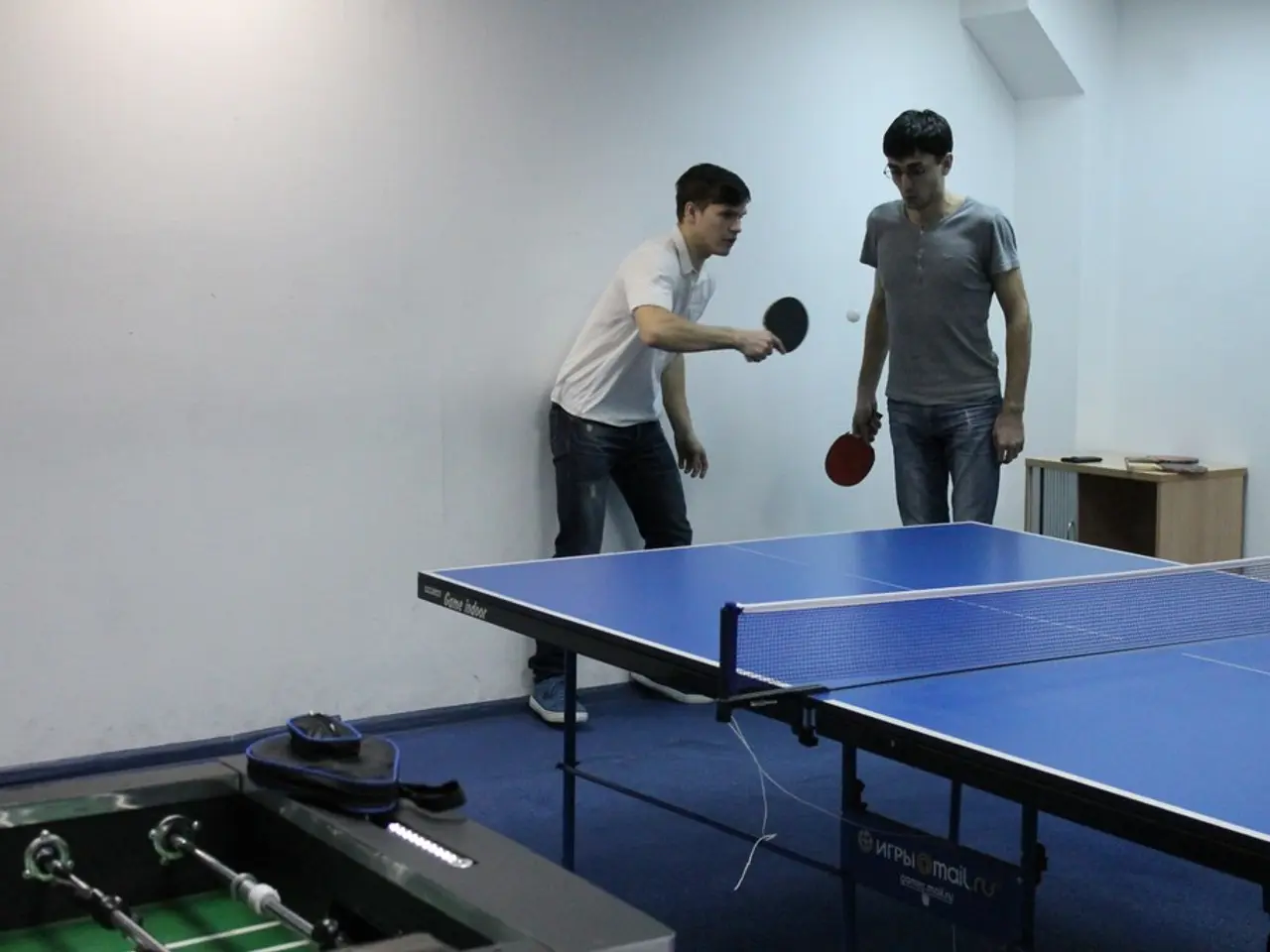Movie critique and analysis
In the realm of film studies, two significant theories have emerged as key points of discussion: Apparatus Theory and Structuralist Film Theory. Both theories offer unique perspectives on the cinematic experience, shedding light on how films shape our perceptions and ideologies.
Apparatus Theory, a concept popularised in the 1970s, delves into the technological and institutional structures of cinema. It highlights the film projector, cinema architecture, and the ideological modes of address embedded in the cinematic experience. The theory argues that the cinematic apparatus, which encompasses the equipment like the camera, projector, and screen, combined with the viewing conditions of the cinema, produces specific ideological effects that position the spectator in a particular way, often to reinforce dominant ideological structures. Apparatus Theory often draws on psychoanalytic concepts to argue that the cinematic apparatus mimics the function of the unconscious or the gaze, creating an immersive illusion that interpellates viewers, encouraging them to identify with the camera’s perspective and narrative subjectivity.
In contrast, Structuralist Film Theory focuses more on the underlying structures of film as a language or system of signification. Structuralists analyse the formal elements of film—such as editing, narrative structure, and visual codes—to reveal the rules and conventions that govern how meaning is produced in cinema. The approach is less concerned with the cinema’s technological conditions or ideological apparatus and more with uncovering the 'grammar' and systems that make film a communicable language. Structuralist theory deals with how different parts of the film text relate to each other and form a coherent structure that conveys meaning to the spectator.
While both theories share a common interest in understanding film, they approach their analysis from different angles. Apparatus Theory reads the cinematic experience as inherently ideological, produced by the technical and institutional setup of cinema that 'frames' the spectator. Structuralist Film Theory, on the other hand, treats film as a system of signs and focuses on decoding the film’s internal structures without necessarily emphasising the ideological function of cinema’s technological conditions.
One of the most influential concepts in film theory is the Kuleshov Effect, named after Russian filmmaker and theorist Lev Kuleshov. This concept underscores how the juxtaposition of different shots can significantly influence audience perception. Another term that has gained prominence in film discourse is "Lynchian," coined to encapsulate the unparalleled approach to storytelling by filmmaker David Lynch. The term "Lynchian" is used to describe a unique blend of the mundane and the bizarre in film, applying not only to David Lynch’s own films but also to other works with similar characteristics.
The subgenre of Blaxploitation emerged in the early 1970s, characterised by its focus on African American protagonists, urban settings, and themes of empowerment, resistance, and social justice. The term "Blaxploitation" is a portmanteau of "black" and "exploitation." Feminist film theory, which emerged from the feminist movements of the 1960s and 1970s, is a critical approach that challenges traditional representations of gender in film. It critiques the portrayal of women in film, the male gaze, and the ways in which cinematic techniques shape audience perception of gender. Feminist film theory examines both classical Hollywood cinema and other filmmaking traditions.
In conclusion, the study of film theory provides a rich understanding of the cinematic experience, offering insights into how films shape our perceptions and ideologies. From the ideological critique of Apparatus Theory to the structural analysis of Structuralist Film Theory, these theories provide a framework for understanding the complex interplay of technology, ideology, and narrative in the world of cinema. The Kuleshov Effect, "Lynchian," Blaxploitation, and Feminist film theory are just a few examples of how these theories have been applied to various aspects of film, enriching our understanding and appreciation of the medium.
Cinematic techniques, such as the Kuleshov Effect, play a significant role in shaping audience perception, according to key film theories like Apparatus Theory and Structuralist Film Theory. These theories are vital in the realm of entertainment, particularly movies-and-tv, as they offer insights into the cinematic experience and how films shape our perceptions and ideologies. Film theory, specifically the works of Lev Kuleshov and David Lynch, have influenced the way we understand and appreciate movies, from the mundane to the bizarre, and have provided a framework for analyzing various aspects of film, including feminist perspectives and the Blaxploitation subgenre.

